Introduction: The Power of ROI in Email Marketing
Email marketing remains one of the most powerful tools in digital marketing. With a return on investment (ROI) that can reach up to $42 for every $1 spent, it’s clear why marketers continue to prioritize email campaigns. However, not every email yields this kind of return. So, what exactly brings the highest ROI in email marketing? Let’s explore.
Understand Your Audience to Drive ROI
Before crafting any email, understanding your audience is vital. Knowing their pain points, preferences, and behavior allows you to personalize content that converts. Segmenting your email list based on demographics, interests, or purchase history increases engagement.
Use tools like Mailchimp or ActiveCampaign to create dynamic segments. These platforms allow real-time behavioral tracking, which helps improve targeting.
Personalization Is Key to Higher Conversions
Generic emails don’t work anymore. Subscribers expect personalized messages tailored to their needs. Personalization goes beyond using a first name.
Add product recommendations, location-specific content, or even send time-based messages. For example, sending cart abandonment emails with the exact products viewed can recover lost sales.
Resource: Klaviyo’s personalization tools help automate this process effectively.
Craft Compelling Subject Lines
Your subject line is your first impression. If it doesn’t spark curiosity or urgency, your open rates will suffer. A/B test subject lines to find what resonates best with your audience.
Use power words, emojis (where relevant), and urgency triggers like “limited offer” or “ends tonight.” Also, keep subject lines under 50 characters for better mobile display.
Focus on Email Design and Mobile Optimization
More than 60% of emails are opened on mobile devices. A cluttered or unresponsive design will drive users away. Clean, visually appealing, and mobile-friendly layouts are essential.
Use a single-column layout, large CTA buttons, and concise messaging. Tools like Stripo or BeeFree can help create beautiful templates without coding.
Write Value-Packed Email Content
The body of your email should offer immediate value. Whether it’s a discount, a helpful tip, or a link to a valuable blog post, readers should feel rewarded.
Use bullet points to highlight key information. Include a strong call-to-action (CTA) that stands out and guides readers to the next step.
Timing and Frequency Matter
When you send your emails affects your ROI. Timing your campaigns according to user behavior and time zones improves engagement.
Generally, Tuesdays and Thursdays yield the highest open rates. However, every audience is different. Use analytics to determine the best times for your list.
Avoid over-sending. Bombarding subscribers leads to fatigue and unsubscribes. Stick to a consistent but moderate schedule.
Use Automation to Boost Efficiency
Marketing automation enables personalized journeys at scale. Set up email flows for onboarding, cart abandonment, re-engagement, and more.
These workflows run automatically and are triggered by user actions. Platforms like HubSpot, Sendinblue, or ConvertKit offer robust automation features.
A/B Testing for Continuous Improvement
Never settle for average results. A/B test every element of your email — from subject lines to images, CTA placement, and copy.
Track the metrics that matter: open rates, click-through rates, conversions, and unsubscribes. Use those insights to refine future campaigns.
List Hygiene Is Crucial
A bloated email list filled with inactive subscribers drags your metrics down. Clean your list regularly. Remove unengaged users after a re-engagement campaign.
Tools like NeverBounce or ZeroBounce help keep your list healthy and deliverability high.
Optimize for Deliverability
If your emails land in the spam folder, they won’t bring ROI. Authenticate your domain with SPF, DKIM, and DMARC settings. Use reputable ESPs to maintain sender reputation.
Avoid spammy words in subject lines and content. Keep image-to-text ratio balanced. Monitor bounce rates and maintain high engagement levels.
Create Compelling Calls-to-Action (CTAs)
CTAs are the conversion engine of your emails. Make them short, action-oriented, and visually distinct. “Shop Now,” “Download Free Guide,” or “Reserve Your Spot” are good examples.
Place the CTA above the fold and repeat it in the email footer. Test color, placement, and wording to maximize clicks.
Incorporate Social Proof
Adding testimonials, reviews, or user-generated content increases trust. Readers are more likely to take action when they see others benefiting.
Include a short quote from a happy customer or display ratings directly within the email.
Use Dynamic Content for Real-Time Engagement
Dynamic content changes based on user data. Show weather-based product suggestions, inventory levels, or geolocation-based promotions in real-time.
This approach increases relevance and boosts conversions. Tools like Dynamic Yield help marketers implement such personalization at scale.
Leverage Analytics for ROI Tracking
Always measure your results. Monitor metrics such as:
-
Open Rate
-
Click-Through Rate (CTR)
-
Bounce Rate
-
Unsubscribe Rate
-
Revenue per Email
Use UTM parameters to track email traffic in Google Analytics. This data helps identify what’s working and where you should pivot.
Use AI and Predictive Analytics
Artificial Intelligence (AI) is transforming email marketing. Use AI to determine send times, recommend content, or segment audiences based on predictive behavior.
Tools like Seventh Sense or Persado offer AI-powered content optimization for higher ROI.
Offer Exclusive Value
Make your subscribers feel special. Offer early access, insider tips, or exclusive discounts. This builds loyalty and keeps your list engaged.
Use phrases like “Just for You” or “Exclusive Offer” to reinforce value.
Create FOMO and Scarcity
People act fast when they fear missing out. Use limited-time offers, countdown timers, and low-stock alerts to create urgency.
Combine FOMO with compelling visuals to maximize impact.
Integrate with Other Marketing Channels
Email works best when integrated with social media, SMS, and content marketing. Share your latest blog posts, webinars, and product launches via email.
Use consistent branding and messaging across platforms to reinforce your campaigns.
Build Trust with Transparent Messaging
Avoid misleading subject lines or over-promising content. Deliver what you promise. Being transparent improves credibility and long-term subscriber value.
Include clear unsubscribe options and privacy links.
Educate Before You Sell
Don’t always push for a sale. Provide educational content that informs and nurtures. Share tips, how-tos, and industry insights to build authority.
Once trust is built, conversions naturally follow.
Gamify Your Emails
Gamification elements like scratch cards, quizzes, or spin-the-wheel offers improve engagement. They also increase click-through rates dramatically.
Use platforms like Zembula or Mailmodo to add interactivity to your emails.
Implement Loyalty and Referral Programs
Reward your most engaged subscribers. Offer loyalty points, referral bonuses, or member-only rewards.
These incentives increase retention and expand your audience through word-of-mouth.
Conclusion: Focus on What Matters Most
To maximize your ROI in email marketing, prioritize personalization, automation, testing, and providing consistent value. Track your metrics and keep evolving your strategy.
Don’t just send emails — send experiences that your audience will look forward to.













